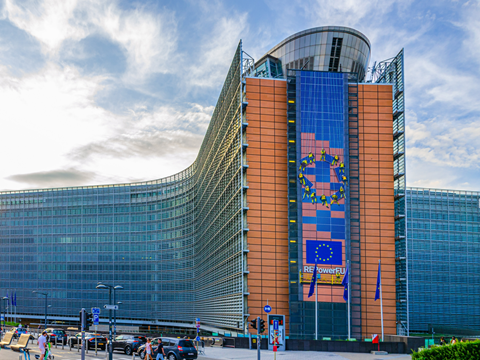
The European Organisation for Packaging and the Environment (EUROPEN) has issued a statement opposing the use of text and colour for waste sorting labels on packaging, as proposed in the Joint Research Centre (JSC)’s latest draft guidelines on EU waste sorting labels.
The statement expresses ‘strong concern’ over the latest draft guidelines, arguing that it would reintroduce national barriers to the free movement of packaged goods in the Union and directly contradict the recent Single Market Strategy, where the European Commission identified divergent packaging labels as ‘one of the ten most disruptive barriers’ to the internal market.
According to EUROPEN, the latest draft of the JRC’s guidelines continues to prioritize the use of full-colour labels with accompanying text when used on packaging. Although the draft offers some design options for a pictogram-based system, it simultaneously proposes restricting the use of colour- and text-free alternatives to cases justified by economic constraints, specific consumer readability needs, or to very small packaging.
The associations state that this approach counters the goals of the Packaging and Packaging Waste Regulation (PPWR) and will significantly fragment the Union market. EUROPEN cites Article 12 of the PPWR which mandates the European Commission to harmonize consumer sorting instructions, an ‘essential step’ to ensuring a functioning Single Market, improving separate collection and recycling of packaging waste, and removing unnecessary burden for industry.
The statement adds that prioritizing a labelling system with full colour and text (which will require translation in one or more national languages, as established by Member States) directly contravenes these objectives, and a product would have to carry a label with up to 24 local terms, also contravening the objective of the labelling scheme to make sorting instructions clearer to consumers.
EUROPEN says that different packaging labelling rules across Member States will result in operational inefficiencies, higher costs, and consumer confusion. It ultimately urges the Commission to reconsider the current direction of the JRC guidelines and ensure that the future EU labelling system aligns with the goals of EU-wide harmonisation, large-scale recyclability, and protection of the Single Market.
In related news, EUROPEN recently published an interactive guidebook designed to help businesses navigate the requirements of the EU Packaging and Packaging Waste Regulation (PPWR) and provide an overview of the regulatory landscape and its implications for the packaging value chain. The guidebook includes a glossary of legal terms for quick reference and direct access to the PPWR text and related documentation.
Last month the European Commission announced its intention to withdraw the proposal for a Green Claims Directive, citing the administrative burden its most recent draft would place upon ‘30 million’ micro-enterprises. Originally proposed in March 2023, the Green Claims Directive sought to mandate ex-ante verification for voluntary environmental claims made by businesses to market their products.
If you liked this story, you might also enjoy:
The ultimate guide to the Packaging and Packaging Waste Regulation in 2025
How are the top brands progressing on packaging sustainability?
Everything you need to know about global packaging sustainability regulation in 2025
The key to increasing the use of reusable packaging in supermarkets

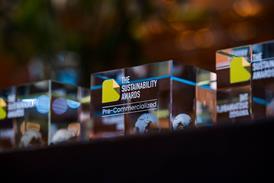

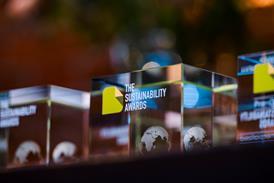
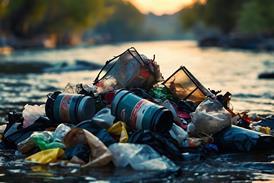
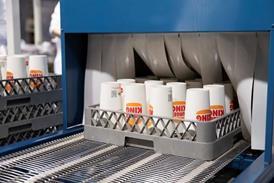





No comments yet